1. Lobster

Hard to believe now, but lobster used to be considered trash food. In colonial New England, it was so abundant that it washed up on shore in heaps, and was fed to prisoners, servants, and even livestock. Farmers would use lobster as fertilizer or feed it to pigs and goats, according to April Dembosky from Mother Jones. It was so low-class that people were embarrassed to admit they ate it.
That all changed in the 19th century when railroads began serving lobster to inland passengers who thought it was exotic. Suddenly, its status flipped, and it became a delicacy. Today, lobster is one of the priciest items on a menu. Quite the glow-up for a former sea bug snack.
2. Oysters
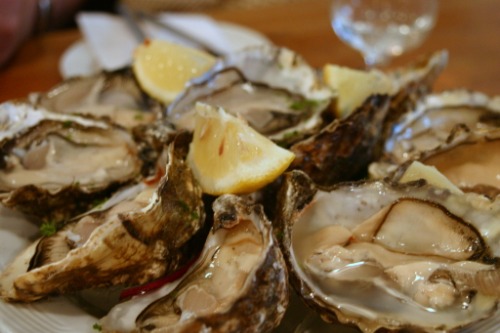
Before becoming the luxury food we slurp at happy hour, oysters were working-class grub—and sometimes animal feed. In the 1800s, oysters were so plentiful that they were harvested by the bushel and sold cheap. Coastal farmers sometimes fed them to their pigs or used crushed shells in chicken feed. They were seen as a fast, easy protein for those who couldn’t afford meat.
Overfishing and pollution made oysters scarcer and thus more expensive. As they became harder to find, their reputation climbed. Now they’re a prized appetizer at upscale restaurants. From pig feed to $3-a-pop delicacy—talk about a status shift.
3. Bone Marrow

Bone marrow is trending on foodie menus now, often served roasted with fancy toast. But for a long time, it was something saved for dogs or livestock. People used to give leftover bones to animals, or boil them down for broth and then toss the rest. The idea of eating the marrow itself was seen as primitive or desperate, according to Karine Bakhoum from HuffPost.
But chefs caught on to its rich, fatty flavor and silky texture. It’s now featured at high-end spots and has a loyal fan base. Nose-to-tail cooking trends helped its comeback, giving respect to parts once seen as scraps. It’s now a gourmet treat, not dog dinner.
4. Sweet Potatoes
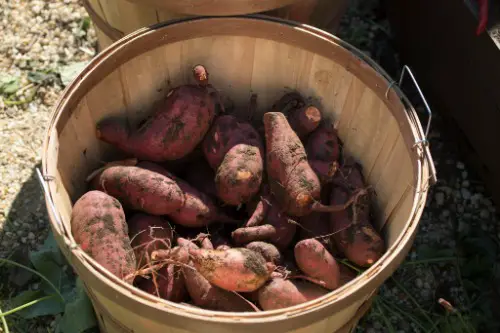
Sweet potatoes were once considered animal feed, especially in the American South, according to The National. Farmers would grow them in bulk to feed pigs because they were cheap, easy to grow, and full of nutrients. Humans didn’t really consider them fine food, at least not outside of poor or rural communities. They were thought of as humble, even undesirable, table fare.
Now, sweet potatoes are everywhere—from trendy fries to health-focused dishes. Their nutritional value gave them a boost, especially with health-conscious eaters. Once ignored for being “country food,” they’ve become a staple in high-end vegetarian and paleo diets. Funny how the pig slop became a superfood.
5. Grits

Grits started out as a way to feed both farm animals and working-class families. Cornmeal was cheap and could be cooked into large quantities, so it was practical for feeding livestock, according to Wade Tatangelo from the Sarasota Herald-Tribune. Farmers would make extra and serve it to their own families, especially in the South. It was considered plain and utilitarian—not exactly dinner-party material.
But Southern chefs and soul food enthusiasts have elevated grits in recent years. With the right cheese, butter, or shrimp on top, they’re now gourmet comfort food. Even fancy restaurants have gotten in on the action. Turns out, grits were just waiting for their moment to shine.
6. Pig’s Ears

Pig’s ears were literally butcher scraps—given to dogs as chew treats or thrown into slop buckets, according to Petstop. Farmers didn’t see them as valuable, so they were often boiled for animal feed or left to rot. In some places, they were only eaten out of necessity. People thought of them as unappetizing and tough.
But various cultures, especially in the South and in Asian cuisine, gave pig’s ears a second life. Their chewy texture and ability to absorb flavor made them popular in bar food and street snacks. Now they’re featured in everything from tacos to tapas. From dog chew to delicacy, they’ve come a long way.
7. Chitlins (Chitterlings)
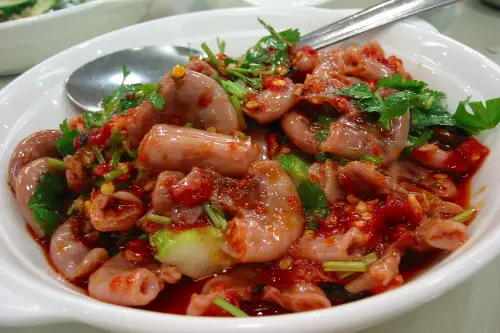
Chitlins are pig intestines, and they were originally just waste. Plantation owners used to throw them to enslaved people or feed them to animals. Even later, they were mostly used for dog food or discarded altogether. Their smell and texture made them unappealing to many.
However, they became a cornerstone of Southern soul food, especially in African American communities. People found creative, flavorful ways to prepare them. Today, chitlins are a cultural symbol and appear at family gatherings and festivals. A dish born from scraps, now steeped in tradition.
8. Catfish
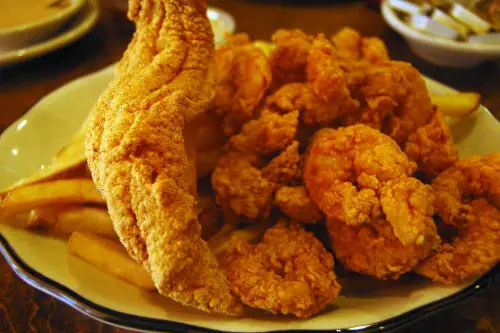
Catfish were once viewed as bottom feeders, not suitable for refined palates. In fact, farmers used them to clean out ponds or fed them to other animals. They were seen as dirty, cheap, and only eaten by those who had no choice. For a long time, restaurants wouldn’t even touch them.
But then came Southern cuisine to the rescue. Fried catfish became a signature dish, especially in Louisiana and Mississippi. With a crispy batter and spicy sides, it won people over. Now it’s a Southern staple and a favorite in seafood joints across the country.
9. Squash

Native Americans cultivated squash for centuries, but it eventually took a backseat in American farming. For a time, it was mostly grown to feed livestock because it was hardy and easy to store. Pigs loved it, and farmers planted whole fields just for them. People thought of it as bland or peasant food.
Now, varieties like butternut and acorn squash are roasted, pureed, and featured in fine dining. Chefs love their versatility and earthy sweetness. They’re packed with vitamins and fit perfectly into plant-based diets. Not bad for something once tossed to the hogs.
10. Turnips
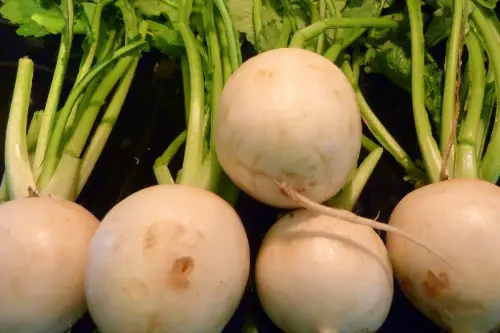
Turnips were another root veggie commonly used as livestock feed. Their strong, bitter taste wasn’t loved by most, and they were often grown in large quantities to fatten up cattle. People might eat the greens, but the roots themselves were less popular. They were known as famine food or a last resort.
But modern cooking methods have changed that. Roasting brings out their natural sweetness, and chefs have found creative ways to prepare them. They’re now seen in stews, gratins, and even trendy farm-to-table menus. The humble turnip is finally having its renaissance.
11. Liver
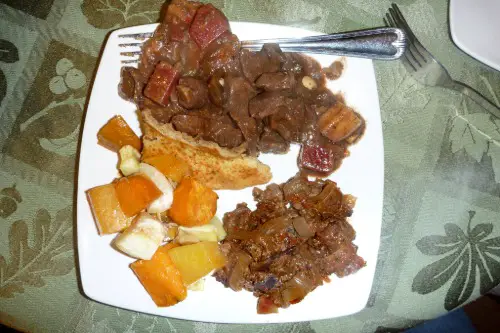
Liver was once so undesirable that it was used in dog food or as bait. It’s nutrient-rich, sure, but its metallic taste and mushy texture turned people off. Farmers would grind it into animal feed or toss it to the pets. It just didn’t seem worth eating unless you had no other choice.
But today, liver is making a comeback, especially in pâtés and global dishes. French, Indian, and African cuisines have always used it well. Its high iron content also makes it a hit with health-conscious folks. From dog bowl to dinner plate, it’s earned a bit of respect.
12. Millet
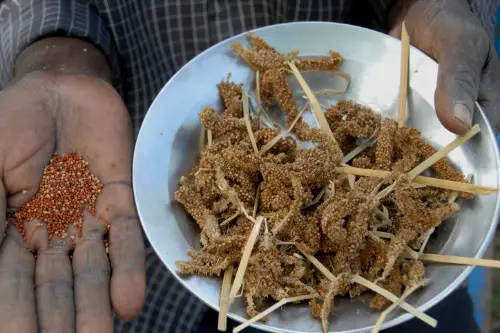
Millet was primarily grown as birdseed in the U.S. for many years. Farmers used it for chickens and game birds, not humans. It was seen as inferior to wheat or corn, and barely entered the human food market. If you ate it, it was probably because you were feeding your parrot.
But millet has been rediscovered as a gluten-free grain option. It’s big in vegan and whole-food diets now, especially thanks to its protein and fiber. Health food stores can’t keep it on the shelves. From bird buffet to brunch bowl—it’s a comeback story.
13. Kale

Believe it or not, kale was used for livestock feed and garden decoration for decades. Farmers grew it for cows and pigs, or as a cold-hardy filler plant in landscapes. Nobody considered it worth eating—it was too bitter, too tough. If you ate it, you probably grew it yourself and weren’t thrilled about it.
Then the health food wave hit, and kale was suddenly everywhere. It’s rich in vitamins and makes a great base for salads, smoothies, and chips. Nutritionists hyped it up, and it stuck. Now it’s basically the poster child of the clean eating movement.


